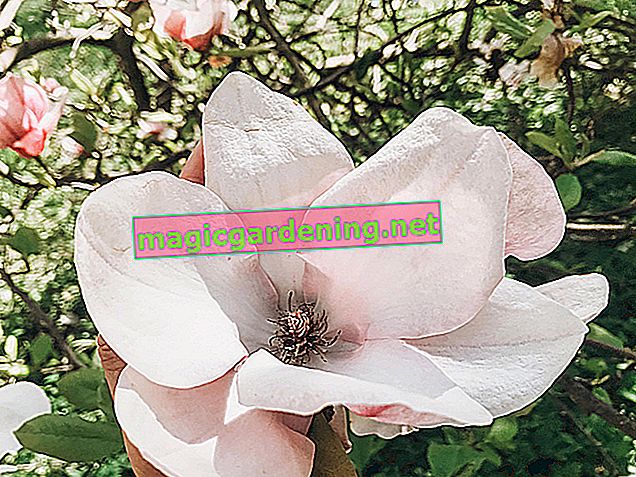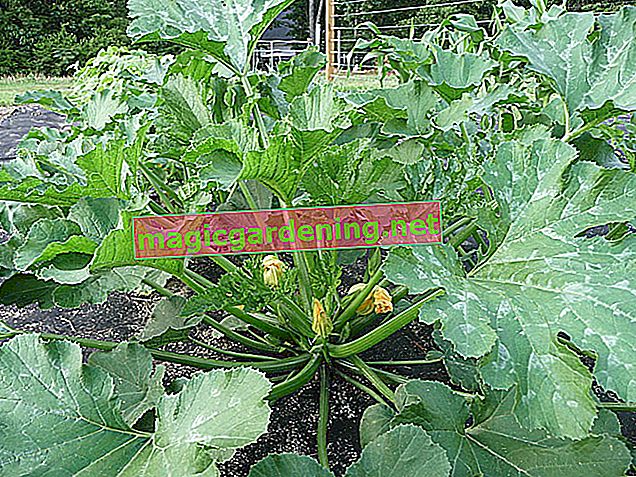
These ornamental grasses are hardy!
Most of the ornamental grasses that can be found in stores in this country prove to be frost-tolerant and well hardy. They easily tolerate temperatures down to -20 ° C. These include:
- Chinese reed
- Schmiele
- Lamp cleaner grass
- Diamond grass
- Switchgrass
- Love grass
- Pampas grass
- Giant feather grass
- Flat ear grass
- Bearskin fescue
- Silver ear grass
- Blue pipe grass
- Riding grass
- Japan sedge
- Morgenstern sedge
also read
- Fertilize ornamental grasses, but how, with what and when?
- With this care you can enjoy ornamental grasses for a long time!
- An overview of the ornamental grass species
Ornamental oats, silver grass, panicle millet, feather bristle grass, bristle grass and hare tail grass, for example, are not winter-hardy and therefore annual. But these species like to sow themselves anew every year. So you don't have to replant them over and over again.
Protect in cool regions
In cooler regions such as high altitudes or in coastal areas, it is not a mistake to protect ornamental grasses in winter.
- Tie tall grasses like pampas grass together in a tuft
- Cover the root area with brushwood, leaves or a layer of compost mulch
- Let the stalks stand for the winter
- if necessary cut off the flowers in autumn (to prevent self-sowing)
Do not fertilize any more from September!
Those who still generously supply their ornamental grasses with fertilizer after mid-September will soon be left behind. The late addition of fertilizer has a negative effect on the winter hardiness of these plants. It makes them more sensitive to frost. Therefore: Do not fertilize anymore from August!
Ornamental grasses in the bucket - helplessly without support
Ornamental grasses feel completely helpless if they are to spend the winter in the tub, for example outside on the balcony or terrace. They especially need a little attention in winter otherwise they could dry up, drown or even freeze to death.
Ornamental grasses in the tub on the balcony or terrace or at the house entrance should always receive winter protection from October. This should be left until March. Otherwise there is a risk that their roots will freeze through and the plants will dry out as they can no longer absorb water.
Pour off excess water and pour when dry
If the potted plants are on the house wall, they are not exposed to the weather. It follows that they do not receive moisture from above. Therefore, you should water these ornamental grasses sparingly in winter. Just enough so that they don't dry out! If the potted plants are outdoors, they should be protected from moisture. This is usually done by the stalks, provided that they have not been cut off.
Tips
Ornamental grasses, which are considered to be hardy, but which were only put outdoors in autumn, should urgently be protected in the root area in the first year. They could not take root properly until winter and are therefore sensitive to frost.








